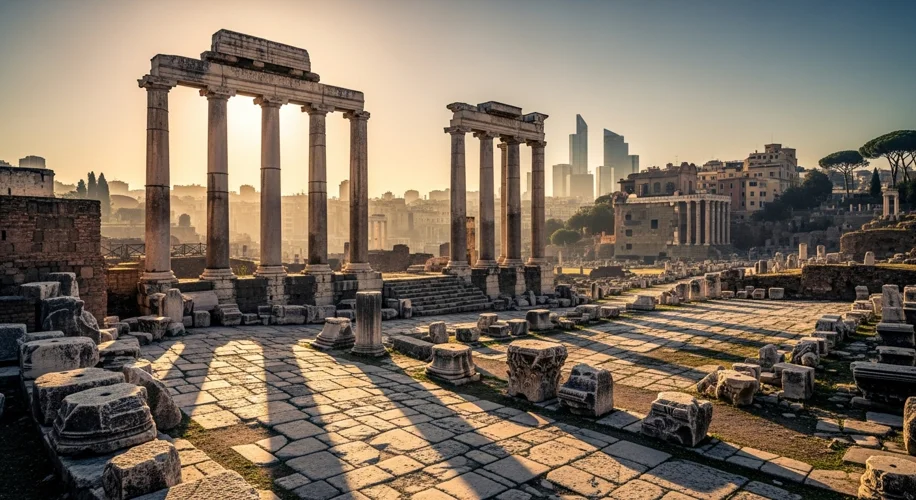As a historian who usually dives into the intricate politics and social customs of 18th-century Europe, I often find myself surprised by the connections between my specialized field and the world today. This summer, my travels have taken me to ancient sites, and I’ve been struck by the sheer ingenuity of ancient urban planning. It’s not just about old stones; it’s a masterclass in large-scale systems thinking that has profound relevance for how we build our cities now.
Think about cities like Rome, Athens, or even the earlier Mesopotamian cities like Babylon. These weren’t just haphazard collections of buildings. They were carefully orchestrated environments designed to manage populations, resources, and movement. Consider the Roman road system – a marvel of engineering that not only facilitated military movement but also commerce and communication across vast distances. The straight, durable roads allowed for efficient travel, connecting cities and ensuring the smooth flow of goods and people. It’s a stark contrast to the often chaotic growth of modern urban sprawl.
Another fascinating aspect is water management. Ancient civilizations understood the critical importance of water. Cities like those in the Indus Valley Civilization (think Mohenjo-daro and Harappa) had sophisticated drainage and sanitation systems, complete with indoor plumbing in many homes. This level of public health infrastructure, developed thousands of years ago, is something many contemporary cities still struggle to perfect. They didn’t just build houses; they built integrated systems for a healthier population.
Then there’s the concept of public spaces. The agora in Greek cities or the forum in Roman cities were more than just marketplaces. They were the heart of civic life, designed to encourage interaction, debate, and community. The placement and design of these central hubs were crucial to the social fabric of the city. They were planned spaces, not afterthoughts, reflecting a deep understanding of human behavior and social needs.
What strikes me most is the long-term perspective these ancient planners took. They weren’t just thinking about the next decade; they were building for centuries. The durability of their structures, the strategic placement of resources, and the integrated nature of their systems speak to a vision that often feels absent in our fast-paced, development-driven world. They understood that a city is a complex organism, and all its parts must work together harmoniously.
While my usual research focuses on the powdered wigs and courtly manners of 18th-century Europe, exploring these ancient urban landscapes reminds me that the challenges of organizing human settlement are timeless. The solutions, however, might just be found by looking back. The ancients weren’t just builders; they were sophisticated system designers, and their legacy offers valuable insights for anyone thinking about the future of our cities.

